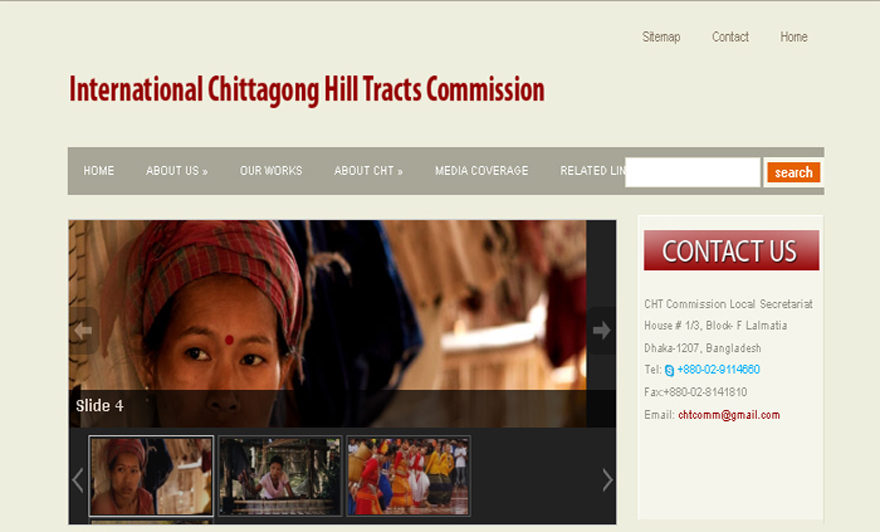The schools of art do not well treat and give recognition to rickshaw art and artists. The nonacademic rickshaw artists excellently visualize the time, life, traditions, lifestyle with entertained motifs. The journey of this art in Bangladesh was started since 1940, when the European jute exporters living in Narayanganj and Netrokona, Mymensingh; had first imported cycle rickshaw from Calcutta for their personal use. Of that time, it was a vehicle of elites. The main difference Dhakai and Kalkata rickshaw is in wheels. In Kalkata still now two wheels “man rickshaw” (gin rickshaw — primitive form) but Dhaka’s one three wheels and decorative.
Early time the new vehicle made attractions among the people particularly in Dhaka dwellers who were traditionally used to horse carriages, palanquins, and city-canal boats. In 1941, the number of rickshaws was 37 in which number almost in two laces. Within a short time, it becomes popular became main transportation of the country. The middle class and lower middle class now widely used rickshaw. Along with spreading the popularity over the country the rickshaw art also take diversity and individual motif in place wise. Dhaka itself becomes a city of the rickshaw.
With the increasing number of the rickshaw, it is losing originality, particularly in painting. One rickshaw polar incomes increase into 3-4 dolor per day. However, do not change the reality. Whole day hardship, fighting with poverty, racing with engine taxi and high rental price makes restless. Now the pullers cannot run paddles with deep heart song as forebear did. Every that major portion of income has to pay to the owner as rent.
To discover the real situation we went “Lokhi Bazaar”, is famous for rickshaw art in old Dhaka. I was disappointed to see the reality, could set with only one family and three shops. Broken street, very old house and marginalized life dimmed with hopeless with poverty.
However Rickshaw Art ornamental art of rickshaws, which may be extended to cover whole rickshaw decoration, from painted backboards and rear side panels to cut-outs appliquéd on to hoods and brass vases replete with plastic or paper flowers. There is a lot of repetition, either because of the popularity of some motifs and or because of the influence of the master artisan. The paintings are designed quickly, with readymade enamel paints, which do not allow paints to be mixed. Bright primary colors are popular and the painting is flat, lacking shadows, perspective, and scale. All the ornaments are made with colorful plastic paper, paints with enamel color that are rain-sun proved.
The illiterate rickshaw artist learns art techniques by living with Ustat ( master ) from boyhood. They do not have copyrights, even most of case do not mentioned name in art also. But in the back of rickshaw generally having mark of maker with bold steel pin, for example – ” Fazlu Mistri “. Nowadays the rickshaw art and artist are in ‘struggle of existence’. The third and forth generations artists are not interested to this art, do not feel pride because of low income and reorganization. Day by day, screen painting, and digital painting technology replacing to this innovation artworks.
‘Auto rickshaw (baby taxi)’ in city and van rickshaw (without shad) in rural are present and widely used form. Both are having the heritage of ornamental decoration art in body. It is distinct in rickshaw art reflects the time and local values. In early seventies Dhaka city’s rickshaw are mostly decorated and backboard are designed with birds, animal scenes, natural scenes, star portrait and pictures of movie themes. Sylhet, Chittagong and Comilla areas show less enthusiasm about decorating rickshaws. The backboard’s theme is based on Islamic mythology or story. For example mosque, borak, majar, tajmahal, macca, flower, scripture reading etc. Scenes of liberation war, win of muktijoddha (freedom fighters) were also patriotic expressions in backboard. But now local motifs are pushing out by Bombay movie’s scene, landmark of London, Paris, New York, Sydney etc. The abruptly changes are happen as the result of digital painting realm and effect of so-called globalization.
Not only such Dhaka street shop, business even Dhakai movie reshape with the liking of rickshaw community. The life of a rickshawala (driver) is harsh and frustrating since so much of the work takes place in traffic jammed streets, but this work is more financially rewarding than life back home in the village with no job and no means to earn. Longtime detaching from family and wife, they inclined easily to multi marriage, polygamy, unsafe street sex — even have crucial poverty. The rickshaw community now high risk to HIV/AIDS and poverty. However, they do not have adequate health consciousness, access and knowledge.


